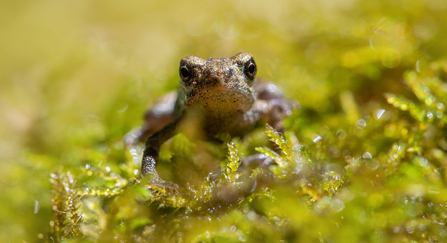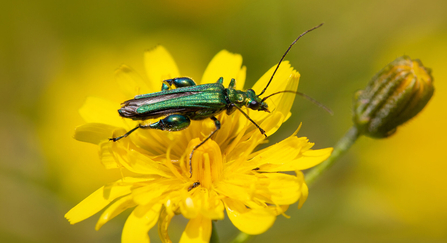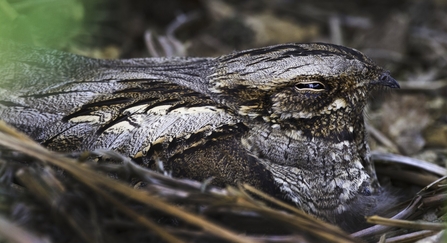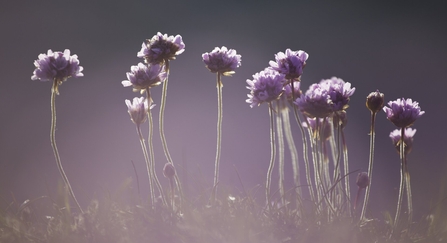Sign up to #30DaysWild
1. Common toads
After months of metamorphosis, tadpoles have transformed into toads and are ready to emerge from their watery world onto dry land. They tend to emerge on mass after a rain shower and will then spend the rest of the year in woodland, gardens, hedgerows and tussocky grassland. They will only return to these ponds and lakes when they are ready to breed in spring.
Watch out for this mass migration at your local pond. Find your nearest nature reserve here.




